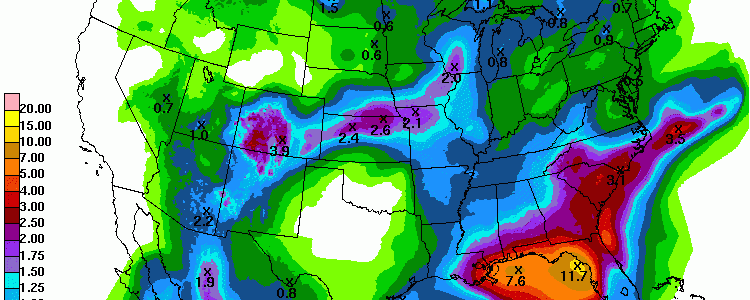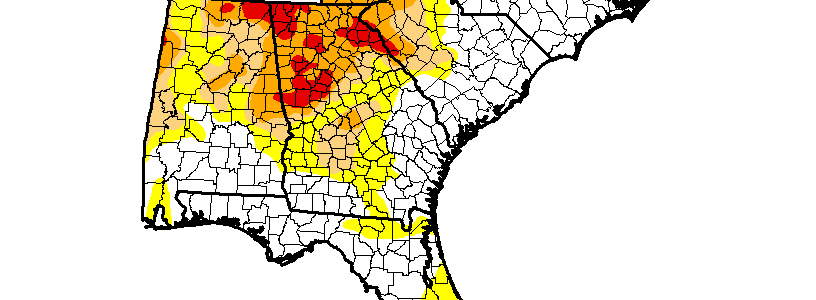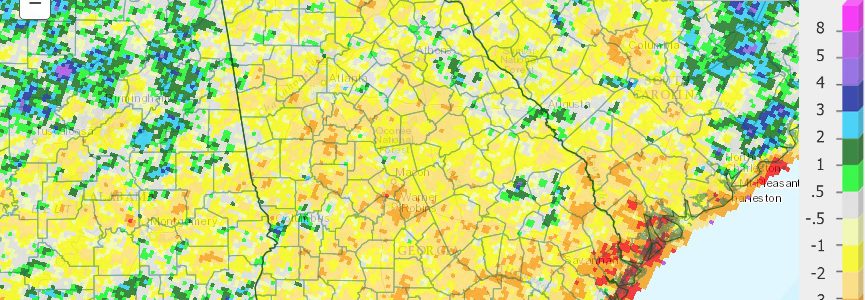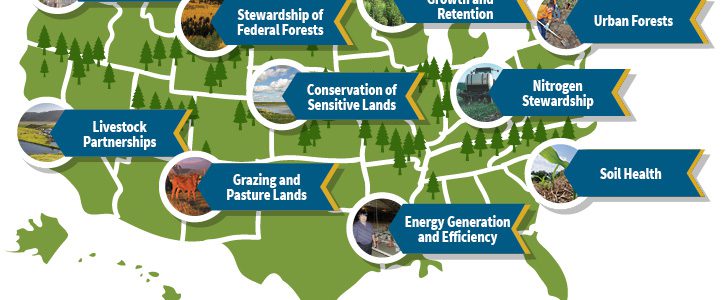-

The latest 7-day QPF shows a significant rain event may be brewing along the Gulf Coast and, to a lesser extent, the east coast of Florida, Georgia and the Carolinas. Computer models are suggesting that a low pressure center could sink down into the Gulf and grow under the influence of the unusually warm water…
Posted in: Climate outlooks -

Chris Robbins of iWeatherNet.com posted some interesting statistics on trends in lightning fatalities earlier this week. They show a significant decrease in lightning deaths from 1940 to the present. I think a lot of this can be attributed to the public information that has been stressed by the National Weather Service and other meteorologists. But…
-

The Sightline Institute published a unique resource on climate change back in 2013 that just came to my attention. Dr. Greg Johnson, a Northwest oceanographer, published a set of 19 illustrated haikus which summarize the latest IPCC report on changing climate. Take a look at the beautiful artwork and see how succinctly this very large…
-

The Drought Monitor released this morning shows a continued expansion of extreme drought as well as abnormally dry conditions around the Southeast. This is not surprising considering how hot the weather has been and scattered nature of the rainfall from thunderstorms. More rain is expected this week and temperatures should be a little cooler so…
-

Georgia was well above normal in temperature again in July, following a warm June. This is the second or third warmest June-July period on record for much of the state. Temperatures ranged from almost 2 to 3.5 degrees above the 1981-2010 average. Rainfall was less than 50% of normal in nearly half the state, causing…
Posted in: Climate summaries -

The US Department of Agriculture has an interesting website with ten case studies documenting their plan to help farmers and foresters plan for climate change. Here is some of the information from the web site. You can read more at: https://www.usda.gov/wps/portal/usda/usdahome?contentidonly=true&contentid=climate-smart.html ——————————————————————————————————- The effort relies on voluntary, incentive-based conservation, forestry, and energy programs to reduce…
-

I’ve seen a few stories recently about impacts of adverse climate on crops in other countries. AgWeb reported that France’s wheat harvest will be the worst in 28 years after rain and an overcast spring dropped yields precipitously. Excess water drowned the roots of the plants and fungal diseases were rampant, which the lack of…